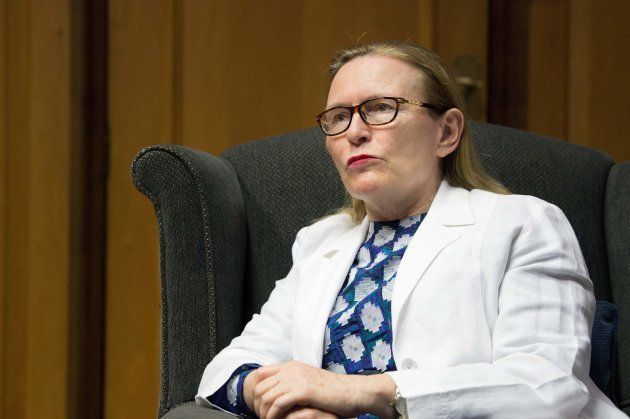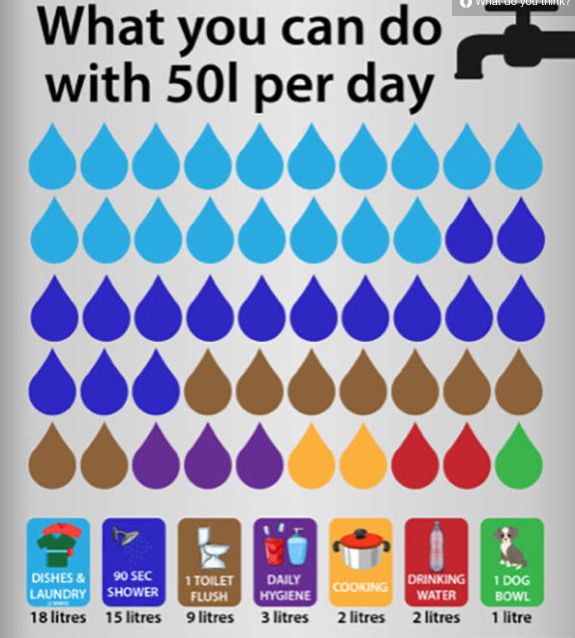
"If we save water together, we can avoid day zero."
These were the words of Cape Town mayor Patrica de Lille a couple of months back. However, fast-forward to January 2018, and the reality has finally sunk in, according to Helen Zille. Cape Town "is past the point of no return", she has said. "Day Zero is almost unavoidable."
In a blog written by the Western Cape premier in the Daily Maverick, Zille said: "The crash the city has been trying to avoid now seems inevitable. We are bracing for impact." This comes after water use in Cape Town went up again, which has forced the city to prepare to implement Day Zero.
According to Zille, the city's water use is exceeding 600-million litres per day, and as a result, Day Zero will be implemented on April 21.
- Cape Town's water usage went up again, to over 600-million litres per day, despite major efforts, over six months, to bring it down below 500-million litres.
- The SA Weather Service informed us that as far as forecasting goes, we are flying blind. Last year the forecast of a wet winter proved to be widely off the mark. On Friday, the SA Weather service told us bluntly: we cannot predict whether or when rain will come. Previous forecasting models have proved useless in the era of climate change.
- Day Zero – when the taps in suburbia are switched off – has moved from the realm of possibility to probability. There is no way in which water augmentation schemes will compensate for our ongoing failure to curb demand sufficiently in the short term.

"As we begin the countdown to Day Zero, the ground has shifted. While we must still do everything possible to prevent this ghastly eventuality (and we still can if everybody abides by the new water restrictions of 50 litres per person per day), my focus has shifted to overseeing plans for the day the taps run dry – and the weeks that follow."
"The province has a mandate to manage provincial disasters. The question that dominates my waking hours now is: when Day Zero arrives, how do we make water accessible and prevent anarchy? And if there is any chance of still preventing it, what is it we can do?"
After Day Zero, the only water delivered through taps will be in informal settlements (where water is already fetched in buckets from standpipes) and certain business districts – the boundaries of which are currently being demarcated.
Zille feels that Day Zero can still be avoided if "by the skin of our teeth, if every consumer cuts water usage down to a maximum of 50 litres per day." She added a diagram to illustrate how to do this:

"If everything goes according to schedule, augmentation schemes will, by the end of April, produce between 120-million to 150-million litres per day – either from groundwater extraction or from small-scale desalination."
To read the full blog on Daily Maverick: click here
